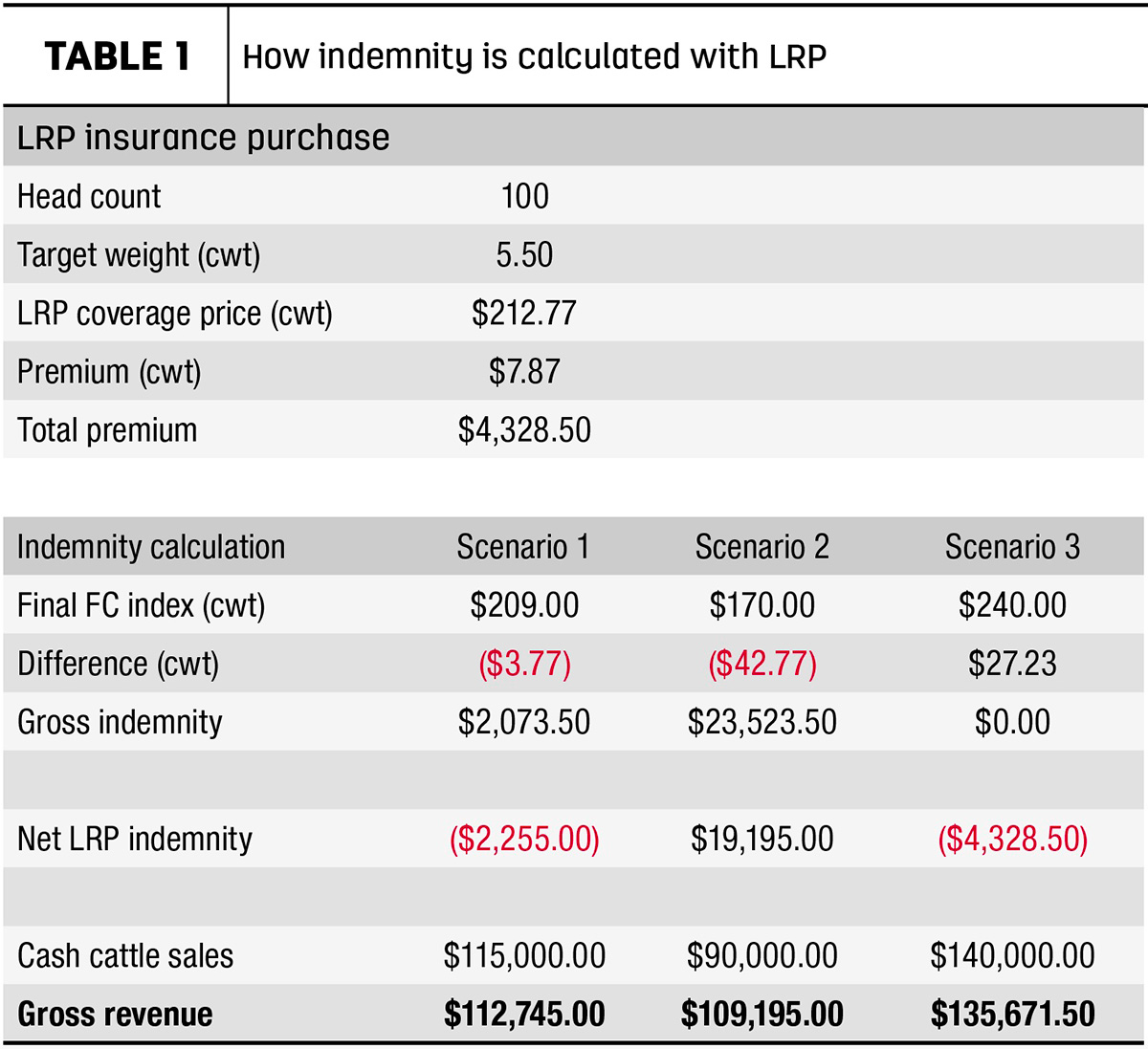Professional Support: Bagley Risk Management Approaches
Wiki Article
Understanding Animals Threat Security (LRP) Insurance Policy: A Comprehensive Overview
Navigating the world of livestock danger security (LRP) insurance can be a complicated venture for lots of in the agricultural field. This kind of insurance policy uses a security web against market changes and unexpected circumstances that could affect animals producers. By understanding the complexities of LRP insurance policy, producers can make educated choices that might protect their operations from economic threats. From how LRP insurance coverage operates to the various coverage choices offered, there is much to reveal in this thorough overview that might potentially form the means livestock manufacturers come close to risk administration in their businesses.

Just How LRP Insurance Coverage Works
Sometimes, recognizing the mechanics of Animals Risk Defense (LRP) insurance coverage can be complex, but breaking down how it works can offer clarity for farmers and ranchers. LRP insurance coverage is a danger management device made to shield livestock producers versus unanticipated rate decreases. It's crucial to keep in mind that LRP insurance is not an income warranty; instead, it focuses solely on rate risk security.Qualification and Protection Options

When it comes to insurance coverage choices, LRP insurance policy uses manufacturers the versatility to select the protection degree, protection period, and endorsements that best suit their threat administration requirements. By understanding the eligibility standards and insurance coverage choices available, animals manufacturers can make educated decisions to take care of danger successfully.
Advantages And Disadvantages of LRP Insurance Coverage
When assessing Livestock Threat Security (LRP) insurance, it is important for livestock manufacturers to evaluate the advantages and negative aspects fundamental in this danger monitoring tool.
One of the primary benefits of LRP insurance is its capability to supply defense versus a decrease in animals rates. In addition, LRP insurance policy offers a degree of versatility, enabling manufacturers to personalize insurance coverage levels and policy periods to match their particular demands.
One restriction of LRP insurance is that it does not shield versus all kinds of dangers, such as condition outbreaks or natural calamities. It is important for manufacturers to carefully assess their specific risk direct exposure and monetary situation to determine if LRP insurance is the ideal threat administration device for their operation.
Recognizing LRP Insurance Coverage Premiums

Tips for Making The Most Of LRP Perks
Making the most of the advantages of Livestock Threat Defense (LRP) insurance needs calculated planning and proactive threat Continue administration - Bagley Risk Management. To take advantage of your LRP insurance coverage, consider the following tips:Regularly Evaluate Market Conditions: Keep notified regarding market patterns and rate fluctuations in the livestock sector. By keeping track of these variables, you can make enlightened choices regarding when to acquire LRP coverage to secure versus potential losses.
Establish Realistic Protection Degrees: When selecting coverage degrees, consider your production expenses, market price of livestock, and possible threats - Bagley Risk Management. Establishing sensible protection levels ensures that you are sufficiently protected without paying too much for unneeded insurance
Expand Your Protection: Rather of relying entirely on LRP insurance policy, consider expanding your risk management techniques. Integrating LRP with various other threat monitoring tools such as futures agreements or alternatives can provide detailed coverage against market uncertainties.
Review and Adjust Insurance Coverage Routinely: As market problems alter, regularly examine your LRP insurance coverage to guarantee it lines up with your existing danger exposure. Changing insurance coverage degrees and timing of purchases can aid enhance your threat security strategy. By adhering to these pointers, you can make the most of the advantages of LRP insurance coverage and safeguard your animals procedure versus unforeseen dangers.
Verdict
In final thought, animals threat defense (LRP) insurance coverage is a useful device for farmers to take care of the economic risks connected with their animals operations. By comprehending exactly how LRP functions, qualification and insurance coverage alternatives, as well as the pros and cons of this insurance coverage, farmers can make informed decisions to shield their incomes. By carefully considering LRP premiums and carrying out methods to make the most of benefits, farmers can minimize potential losses and ensure the sustainability of their procedures.
Animals producers interested in obtaining Livestock Danger Defense (LRP) insurance policy can discover an array of qualification standards and coverage options tailored to their specific livestock operations.When it comes to protection choices, LRP insurance policy supplies producers the adaptability to select the protection degree, coverage period, and endorsements that best match their danger management requirements.To grasp the complexities of Animals Risk Security (LRP) insurance coverage fully, comprehending the go now factors influencing LRP insurance costs is vital. LRP insurance policy premiums are figured out by different components, including the protection degree selected, the anticipated cost of livestock at the end of the insurance coverage period, the kind of livestock being insured, and the size of the coverage period.Testimonial and Adjust Coverage On a regular basis: As market conditions transform, occasionally examine your LRP coverage to guarantee it aligns with your current threat exposure.
Report this wiki page